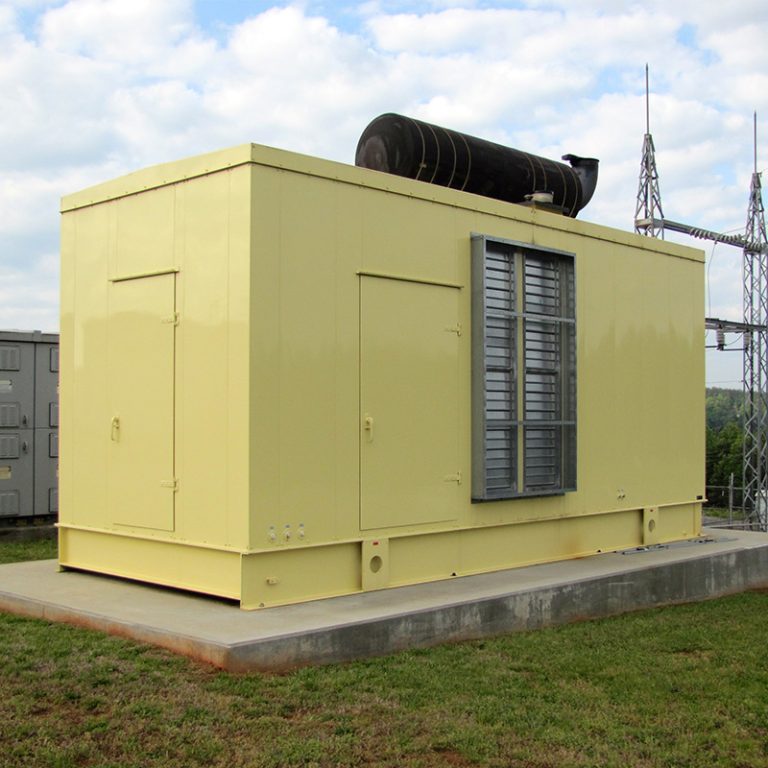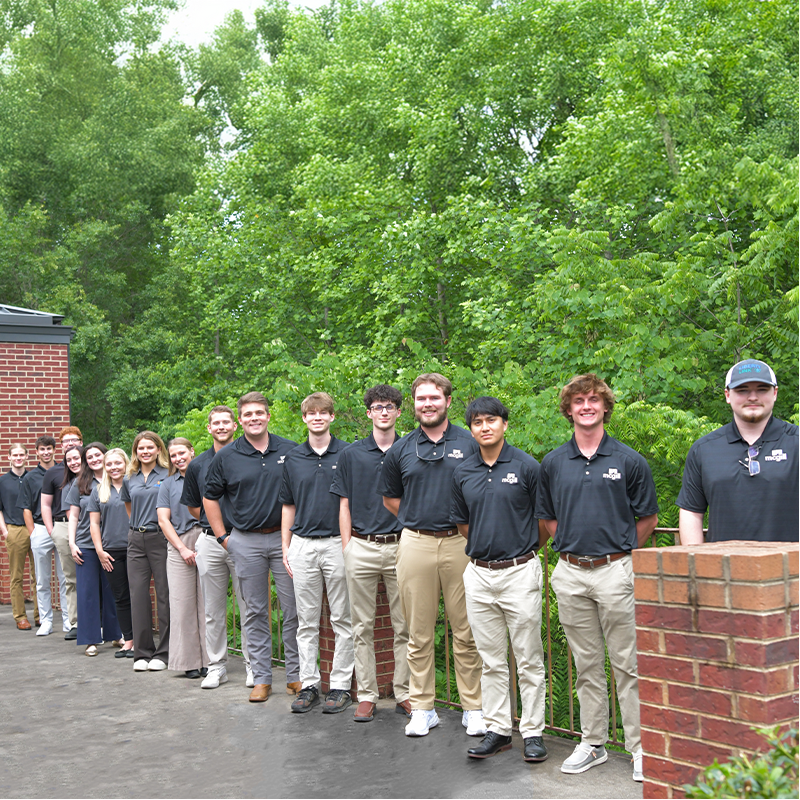
Ensuring Uninterrupted Water Service in Lenoir, North Carolina

Water treatment plants are critical infrastructure. When power is lost, pumping, filtration, and disinfection can stop — putting public health, safety, and the environment at risk.
To keep water service flowing during blackouts, storms, or grid failures, utilities turn to power redundancy: either multiple utility feeds, onsite standby generation, or both. For larger plants, dual substation feeds are considered best practice; in many rural settings, the cost or availability of a second feed makes standby generators the practiced path to resilience.
A single generator can become a point of failure due to mechanical issues or fuel interruptions. That’s why many communities are moving to N+1 redundancy — a second, independent standby generator ensuring essential treatment processes run at full capacity during extended outages and maintenance windows, ensuring continued water service.
McGill + City of Lenoir: N + 1 Resilience at George Bernhardt Water
McGill’s electrical team is partnering with the City of Lenoir, North Carolina to install a redundant standby medium voltage generator at the George Bernhardt Water Treatment Plant. The plant currently has one standby generator and medium-voltage switchgear designed to accommodate expansion of additional generator units. Our work will strengthen reliability and safeguard service continuity for the community.
Scope of N + 1 Redundancy for Lenoir Water Services
- Field investigation: Document existing conditions and electrical connectivity across the site.
- Generator sizing and switchgear upgrades: Right-size a medium-voltage generator and design modifications to the existing switchgear — adding control hardware, software upgrades, an additional breaker/relay section, and other related power and control wiring and electrical distribution equipment.
- Engineering documentation: Prepare a generator-sizing report, updated site plan, revised one-line diagrams, and refreshed coordination studies with new breaker/relay settings.
“As critical infrastructure, water treatment plants must be prepared for accidents, storms, and even intentional disruptions. Communities and businesses rely on clean, reliable drinking water—backup power is how you plan for the ‘what-ifs.’”
— Nick Huffman, PE, Electrical Practice Area Leader, McGill
Let’s evaluate your resilience. Contact Nick Huffman, Electrical Practice Area Leader, to at nick.huffman@mcgillassociates.com or 828.328.2024.


